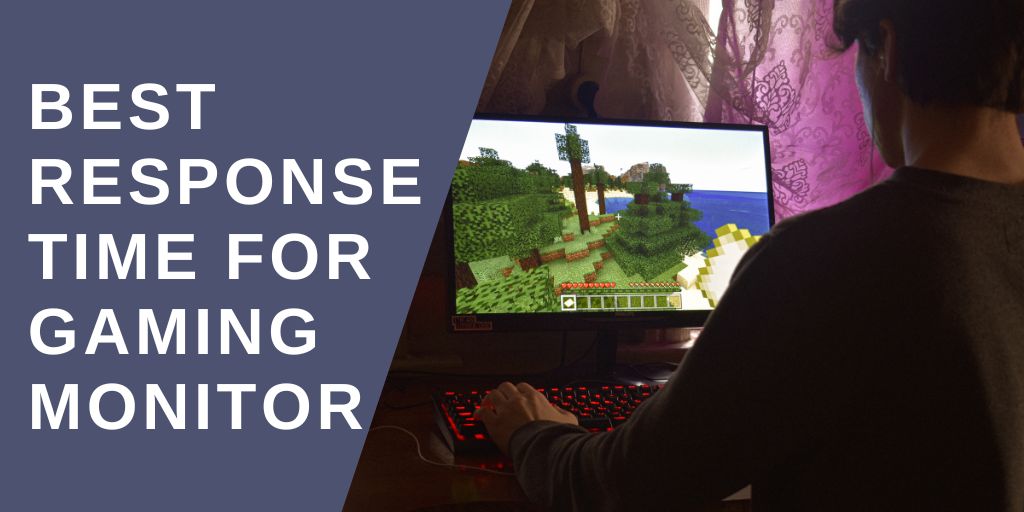Gaming monitors can be a substantial investment for any gamer, but it’s important to find the right one for your needs. In this post, we’ll go over several important considerations when buying a gaming monitor, such as refresh rate and response time. We will also provide some recommendations for the best gaming monitors based on these criteria. So be sure to continue reading to find out more about what is the best response time for gaming monitors.
What exactly is the response time?
The amount of time it takes for a display to reset itself after being powered is known as response time. This is measured in milliseconds or millionths of a second. The faster the response time, the less time you’ll have to wait for your image to come back and be displayed on the screen.
Many factors affect response time, but the most important ones are the refresh rate (the number of times per second that the monitor re-draws its image) and the pixel response time (the amount of time it takes for an electron to move from one pixel on the screen to another). A fast refresh rate and low pixel response time will result in a smooth gaming experience with little lag, while a slow refresh rate and high pixel response time will produce choppiness and delay.
You may also like this: Best gaming monitors under 250
What is the best response time for gaming monitor?
The response time for gaming monitors is a key consideration. A fast response time allows the monitor to quickly render the image on the screen, giving you a smooth gaming experience. We measure response time in milliseconds or millions of seconds. The quicker the response time, the lesser the number. It’s important to choose a monitor with a fast response time so you can keep up with your opponents.
Why is a Low Response Time Better?
A low response time is better for gaming monitors because it means the monitor will react faster to the input from your keyboard and mouse. This is important because a fast reaction time means you won’t have to wait long for the image on the screen to update, which can help you stay in control of the game. In addition, a low response time can also reduce motion blur, which is often seen as a negative factor in gaming.
Factors that can affect response time
The best response time for gaming monitors can be affected by a number of factors, including screen size, resolution, refresh rate and input lag.
1. Screen size
Screen size is the most obvious factor that can affect response time. The larger the screen, the more data needs to be transferred and processed to display an image on it. Larger screens also tend to have higher resolutions, which means more pixels and consequently a slower response time.
2. Resolution
Resolution is also important when it comes to response time. The higher the resolution of a monitor, the sharper the image will be and the more data will need to be transferred and processed in order to display it. Monitors with resolutions above 1080p tend to have slower response times than those with lower resolutions because they require more cycles from your computer to render an image.
3. Refresh rate
Another aspect that can influence response time is the refresh rate. Monitors with a higher refresh rate display images faster than those with a lower refresh rate because they can update their images multiple times per second. However, while a monitor with a high refresh rate may appear faster on initial impressions, over time it may suffer from poor motion handling due to its high frame rates.
4. Input lag
Finally, input lag is another important factor that can influence how quickly your computer responds to commands given by your gaming mouse or keyboard. Higher input lag will make it difficult for you to accurately aim and shoot at enemies or move around the battlefield in games.
Check more: Are gaming monitors good for graphic design?
Conclusion
Now that you know what to look for in a gaming monitor, it’s time to figure out what is the best response time for a gaming monitor. Different people have different needs when it comes to response time, so it’s important to figure out which one of these three factors is most important to you: image quality, refresh rate, or motion blur. Once you’ve determined which one of these is most important to you, read on for more information on each type of gaming monitor and how they measure up in terms of response time.

